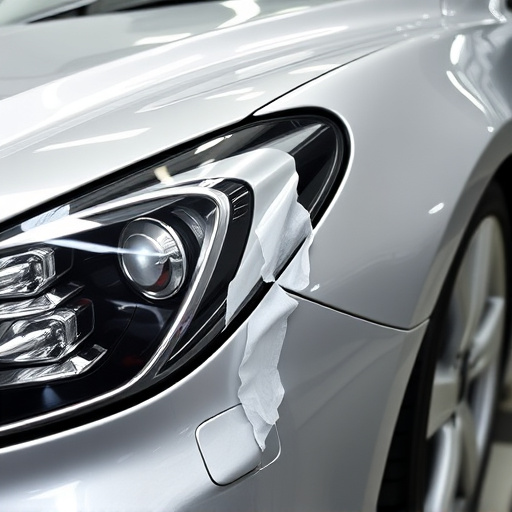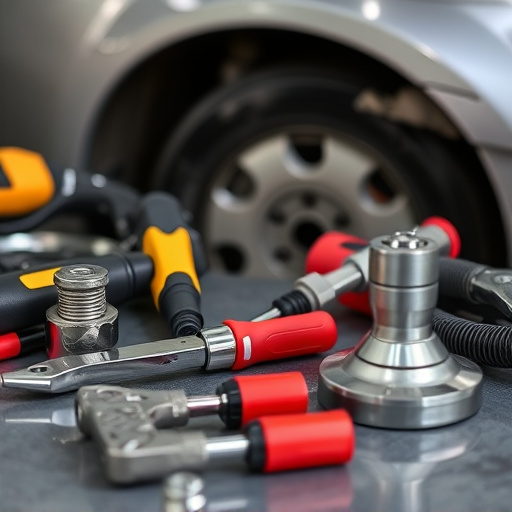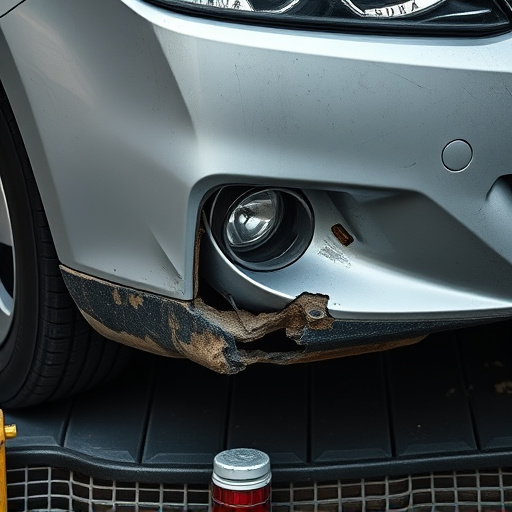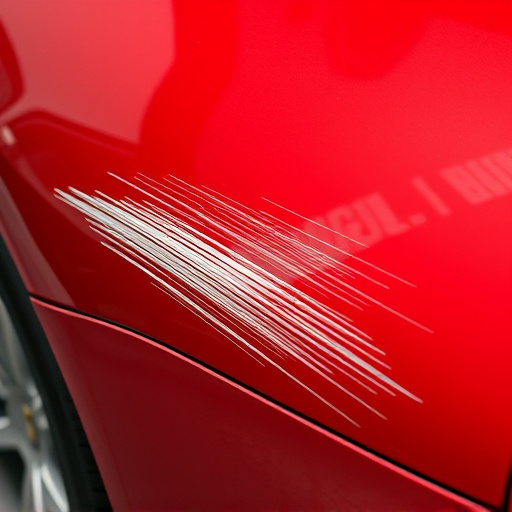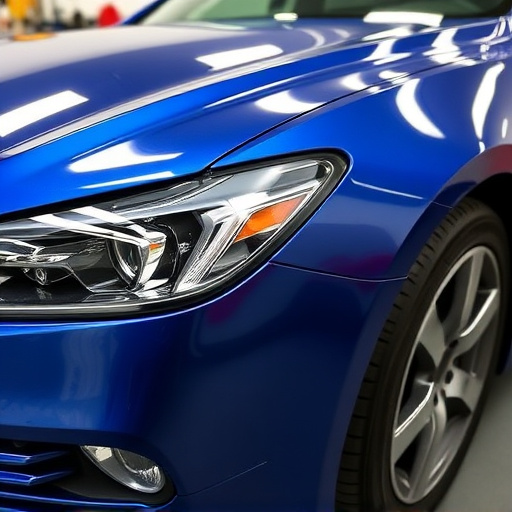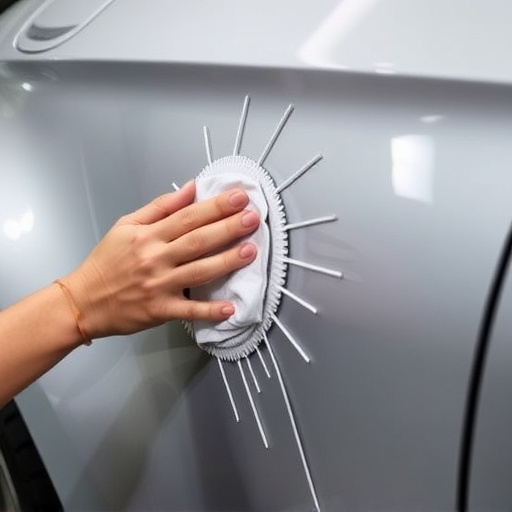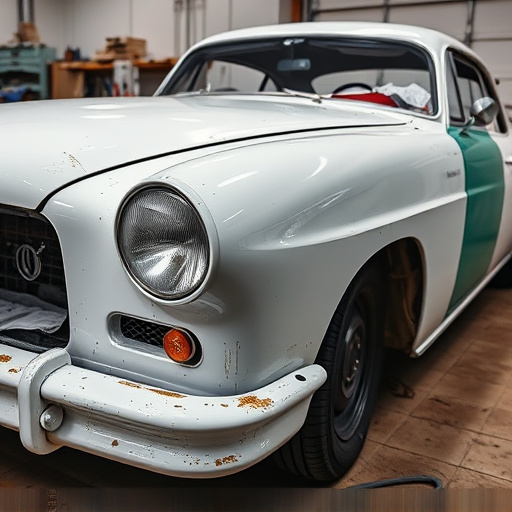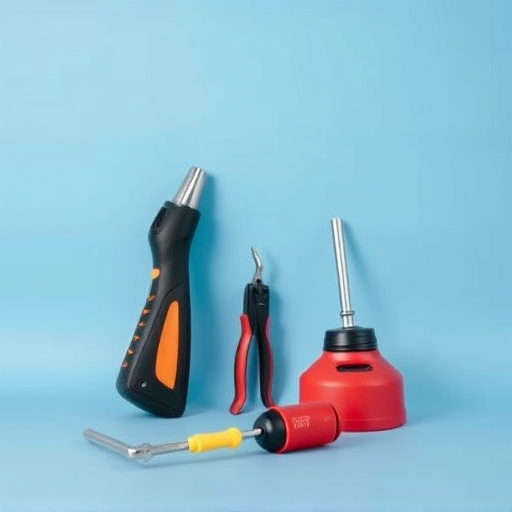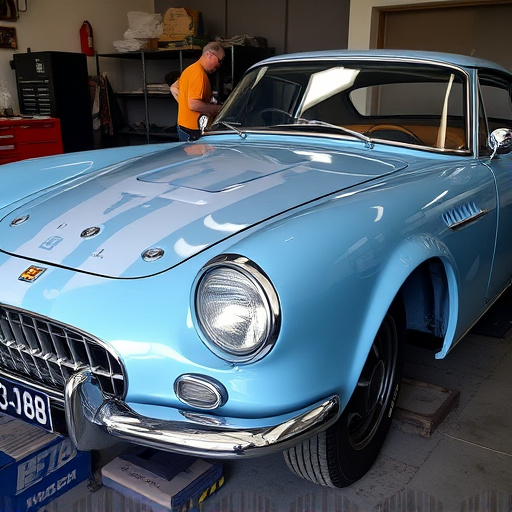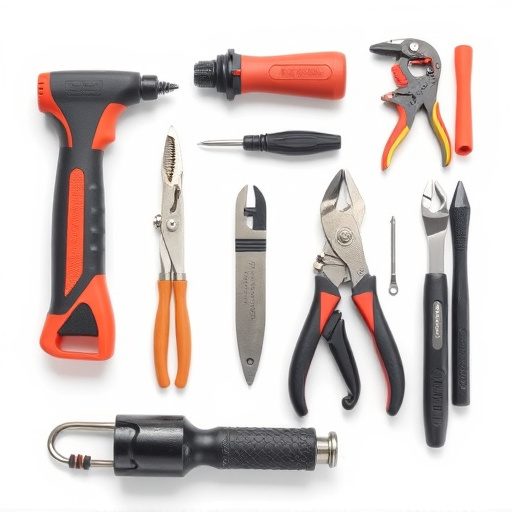Mercedes pearl effect damage, characterized by its glossy finish, requires careful assessment before repairs or repainting. Minor issues can be addressed with specialized auto painting techniques, while severe cases may need replacement panels. The decision between repair and repainting depends on damage severity – minor scratches fixable with vehicle paint repair, significant dents require repainting over the entire panel. Restoring Mercedes pearl effect finish is cost-effective, but thorough cleaning, inspection, and expert advice from a reputable auto body shop are essential for optimal results. Regular washing and waxing maintain repaired areas' longevity.
“Mercedes owners often face a dilemma when dealing with pearl effect damage—repair or repaint? This article guides you through the process, helping you make an informed decision. Understanding Mercedes pearl effect damage is crucial before deciding on repairs or a fresh coat of paint. We’ll explore factors to consider and provide insights into when each option is most suitable. By the end, you’ll be equipped with knowledge to ensure your Mercedes’ exterior restoration.”
- Understanding Mercedes Pearl Effect Damage
- When to Opt for Repair vs Repaint
- Tips for Effective Pearl Effect Restoration
Understanding Mercedes Pearl Effect Damage
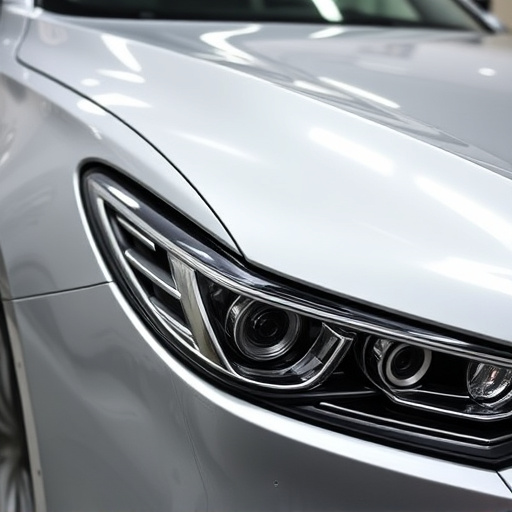
Mercedes Pearl Effect damage refers to the distinctive glossy, iridescent finish characteristic of high-end Mercedes vehicles, particularly on models with pearl or metallic paint jobs. This intricate finish is susceptible to scratches, dings, and fading over time due to environmental factors like UV rays, bird droppings, and rough washing. While a mere scratch might seem like a minor inconvenience, it can significantly detract from the car’s overall appearance and resale value.
Properly identifying Mercedes Pearl Effect damage is crucial before deciding whether to repair or repaint. Minor scratches and dents can often be repaired effectively using specialized auto painting techniques tailored for pearl effect finishes. For more extensive damage, such as deep gouges or rust spots, replacement panels (like bumper repairs) might be necessary. Consulting with a professional mechanic or automotive painter who has experience with Mercedes car bodywork is essential to making the best decision for your vehicle’s long-term health and aesthetics.
When to Opt for Repair vs Repaint
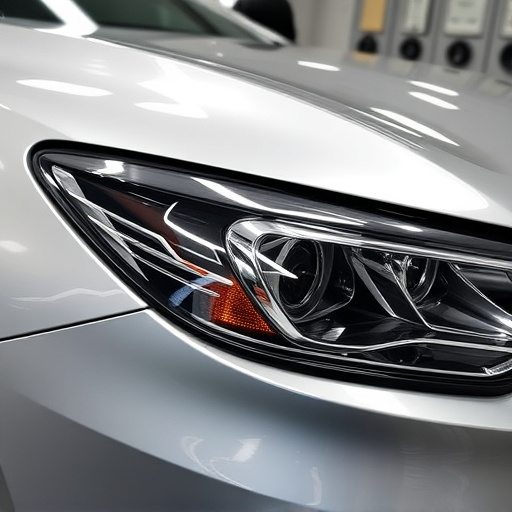
When deciding between repairing or repainting Mercedes pearl effect damage, understanding the extent and type of damage is crucial. If the damage is minimal, such as small scratches or chips, a vehicle paint repair might be the most suitable option. Collision repair centers offer specialized services to fix these issues, ensuring your car’s original finish is restored without extensive repainting.
However, for more significant dents, cracks, or areas of peeling, repainting becomes the better choice. It involves applying a new layer of paint over the entire affected panel, providing a complete restoration and enhancing the car’s overall aesthetics. This process is often recommended when the damage extends beyond what can be effectively repaired, ensuring your Mercedes retains its pearl effect finish seamlessly.
Tips for Effective Pearl Effect Restoration
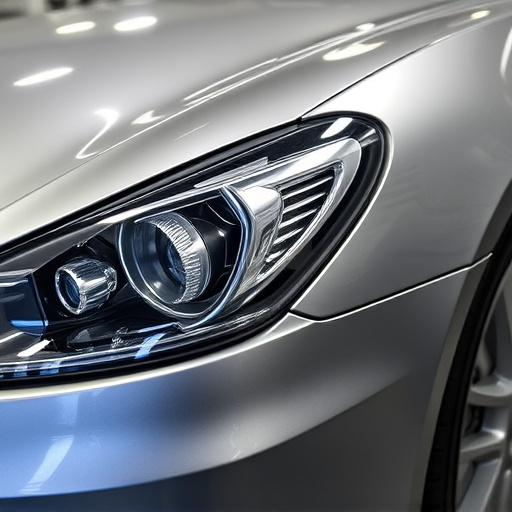
Restoring a Mercedes pearl effect finish to its former glory can be a cost-effective alternative to replacing the entire panel or vehicle. Before diving into the process, it’s essential to assess the damage and understand that minor peals or scratches can often be repaired, while more significant chips or large areas of damage may require repainting. For those opting for repair, the first step is thorough cleaning. Use a dedicated car shampoo and microfiber cloths to remove any dirt, dust, or debris from the affected area. This ensures an even application of the restoration product.
Next, inspect the damaged area closely. If it’s limited to the clear coat, a professional auto body shop can use specialized tools to buff out the damage, leaving a smooth surface. For deeper repairs, they might employ techniques like plastic welding or composite repair methods. After restoration, an auto detailing session will bring back the pearl effect shine. Regular washing and waxing will then help maintain the repaired area, ensuring longevity of the fix. Remember, for Mercedes pearl effect repair, seeking expert advice from a reputable automotive body shop is key to achieving optimal results.
When deciding between repairing or repainting Mercedes pearl effect damage, understanding the extent of the harm and considering factors like cost, time, and aesthetics is crucial. If the damage is minimal, repairing might be the way to go, as it preserves the original finish and can be less expensive. However, for more extensive damage, repainting offers a fresh start, ensuring a seamless and long-lasting result. Either way, with proper care and restoration techniques, you can restore your Mercedes’ pearl effect to its former glory, enhancing its beauty and value.

